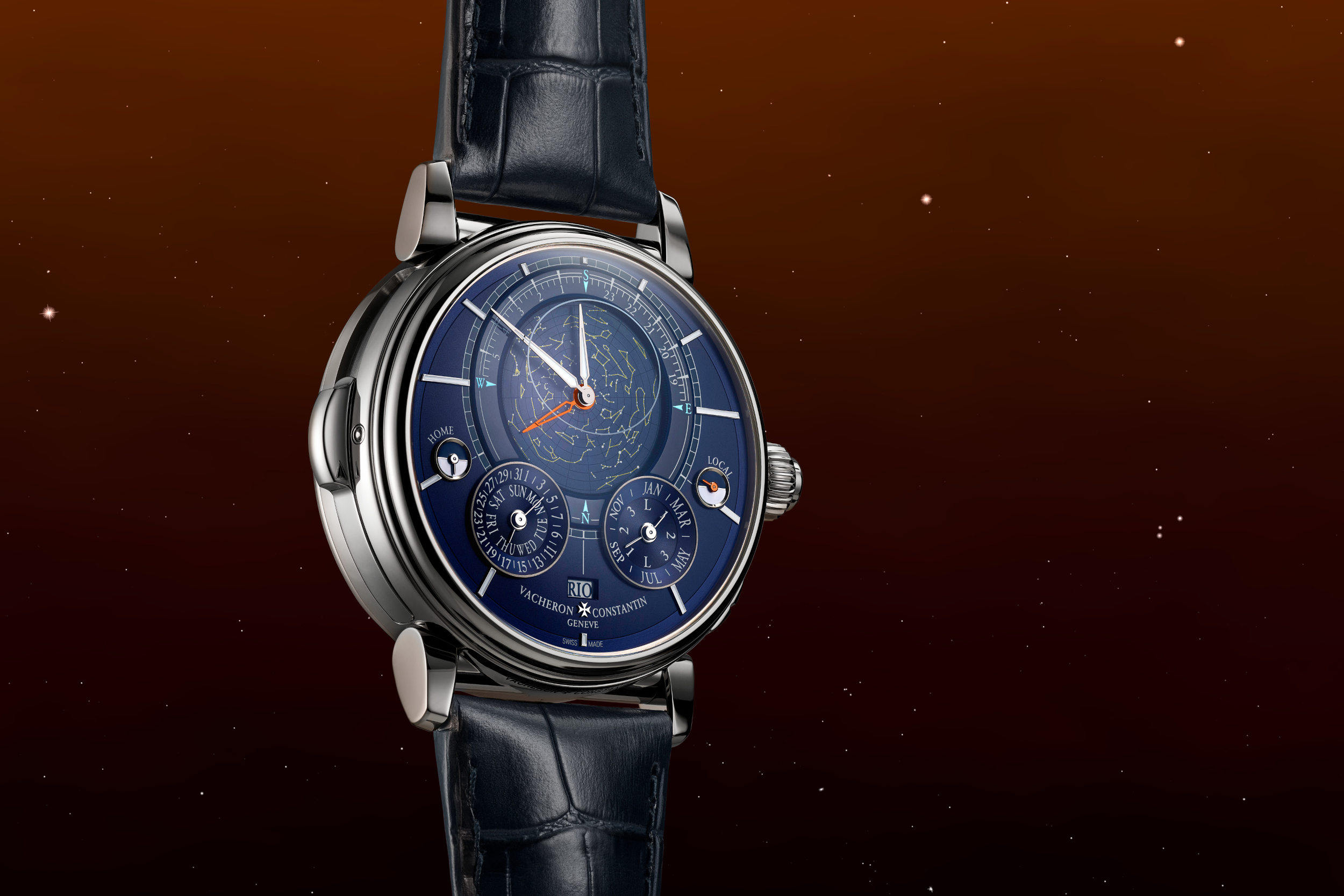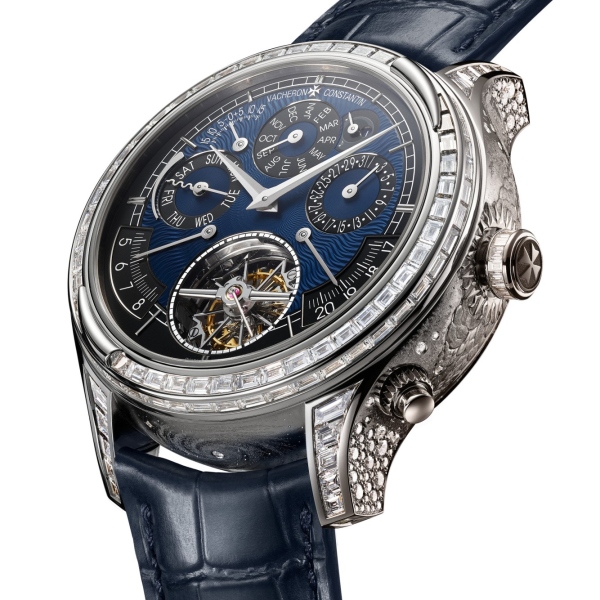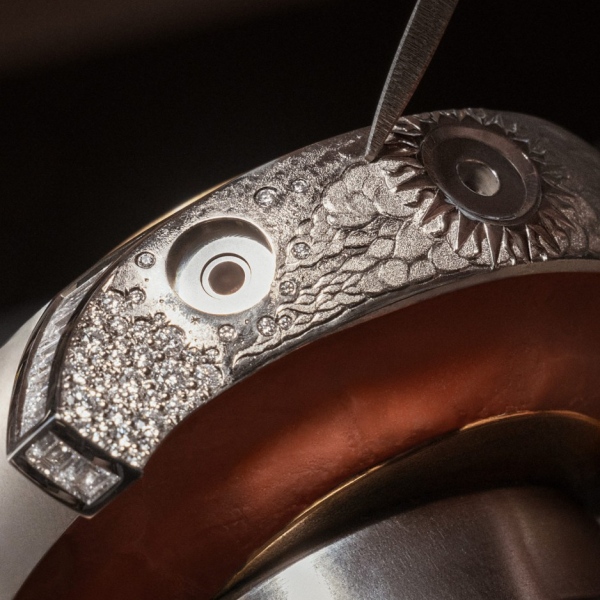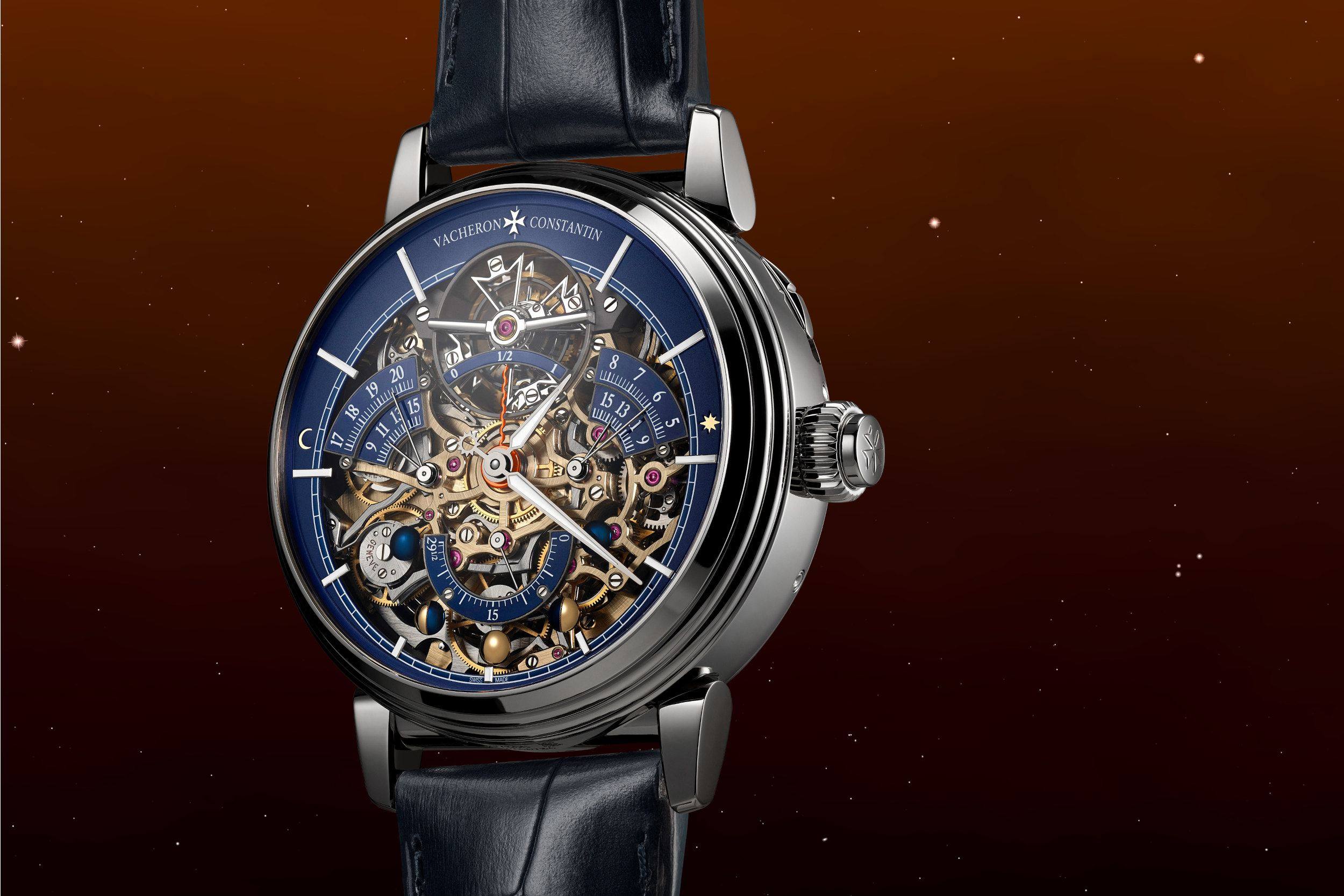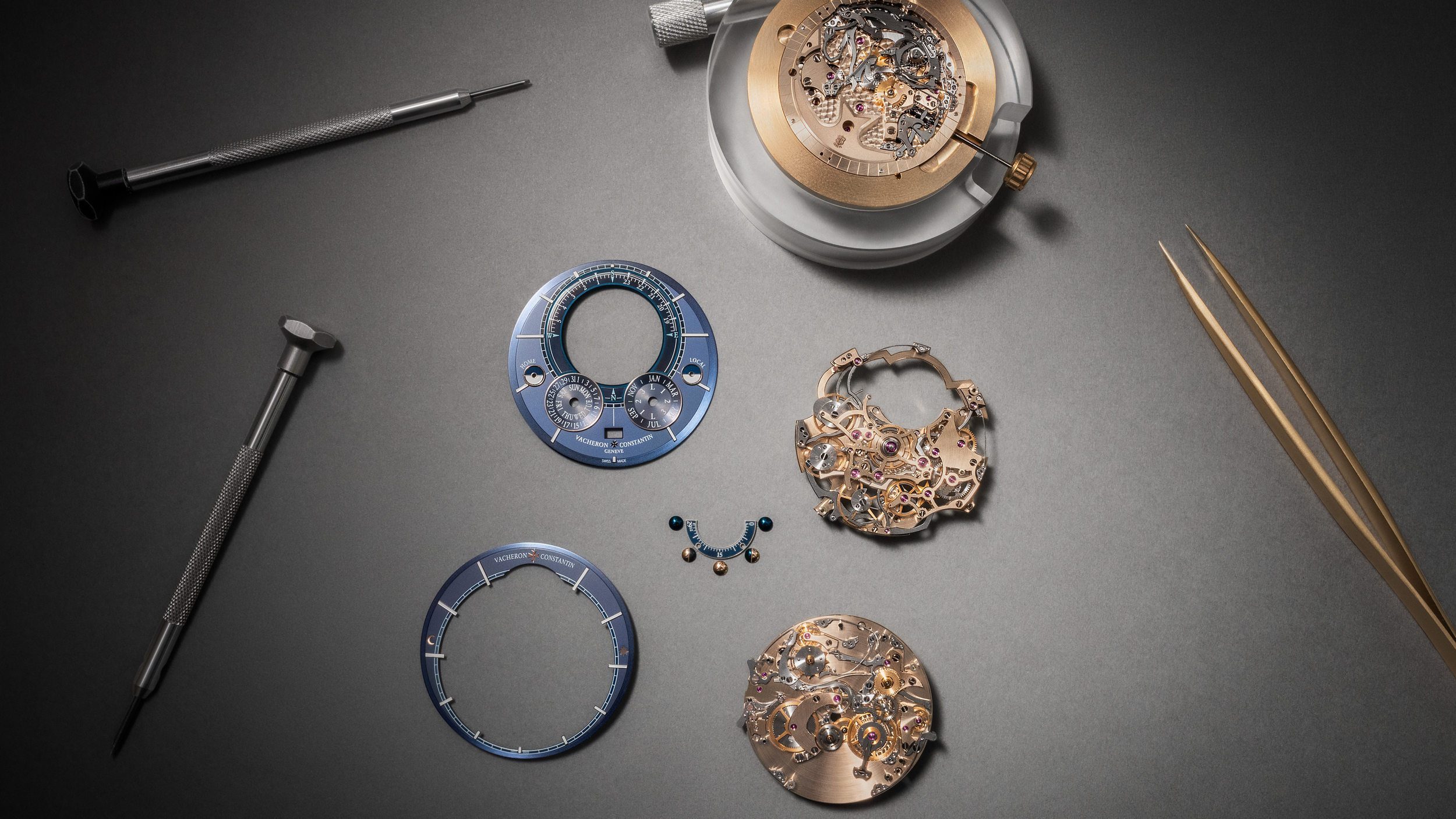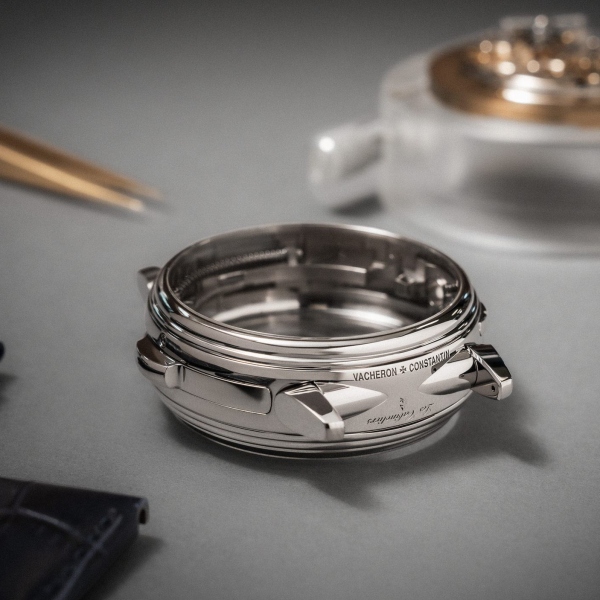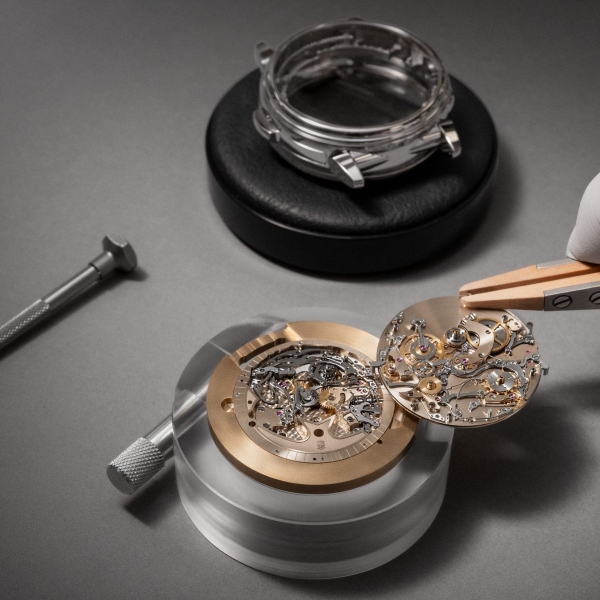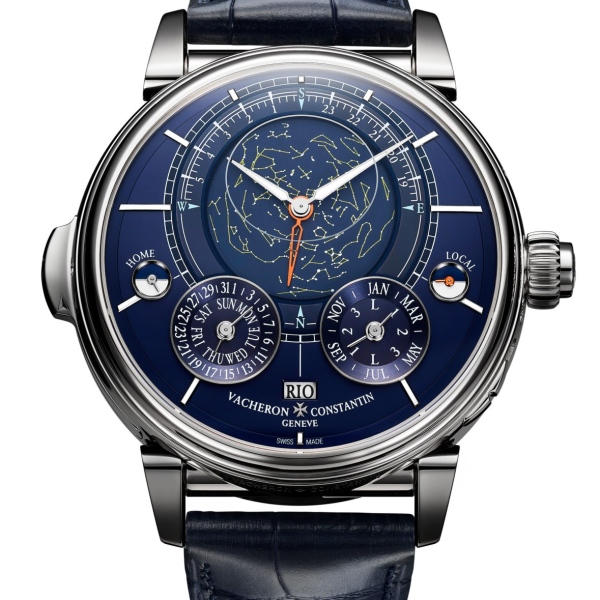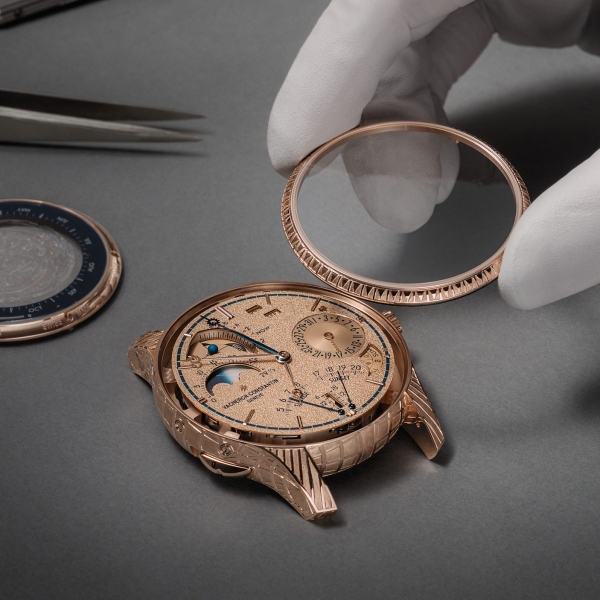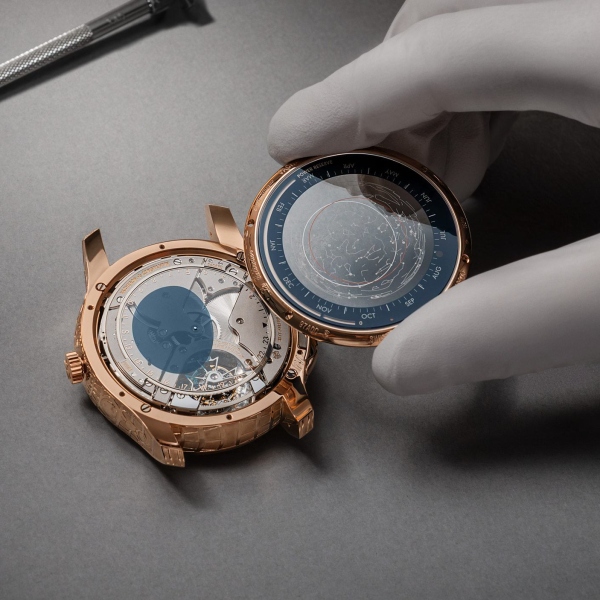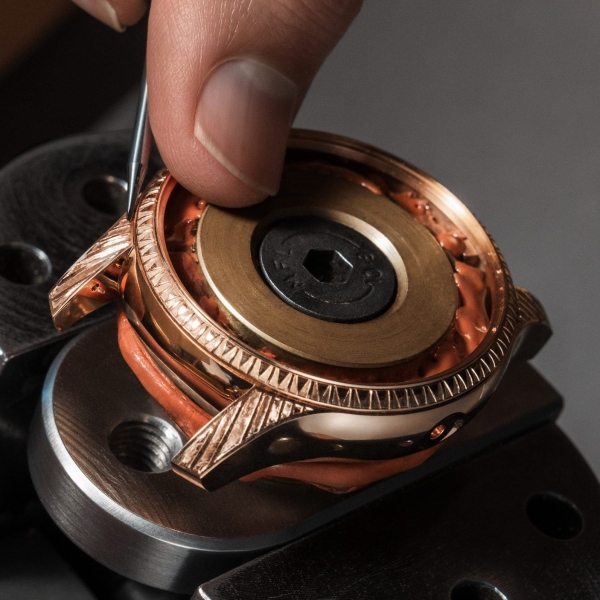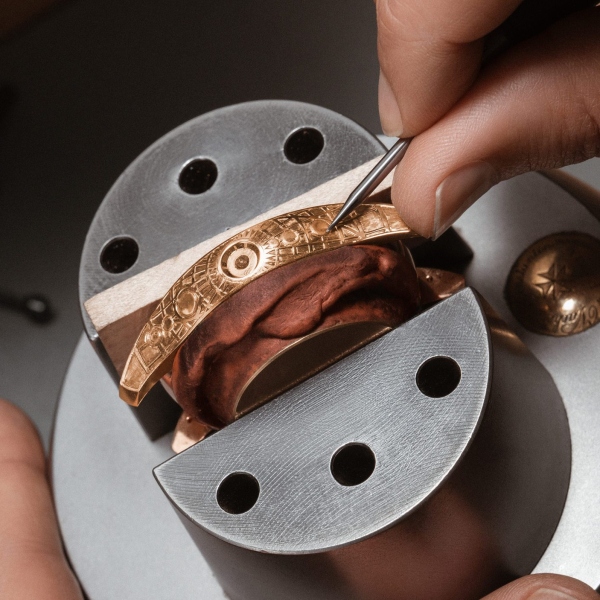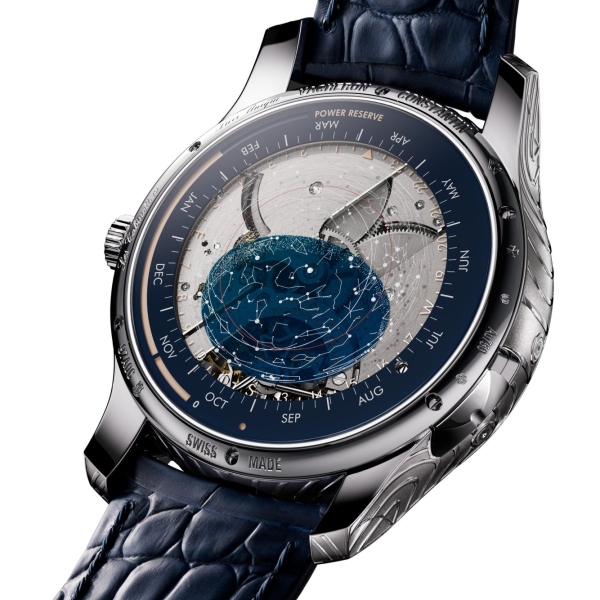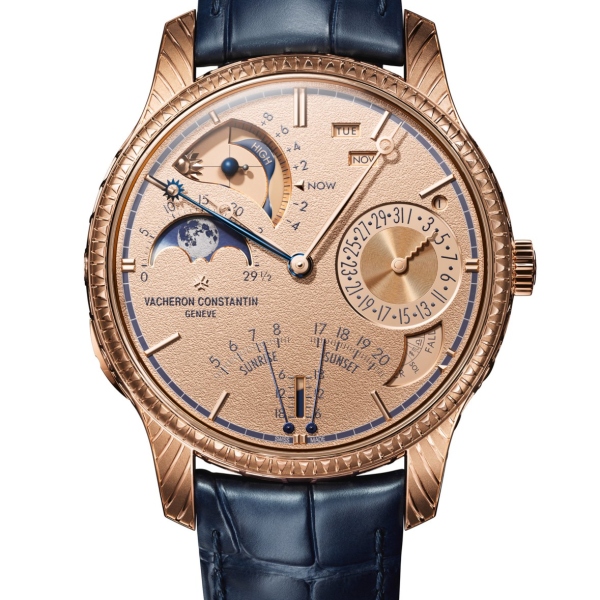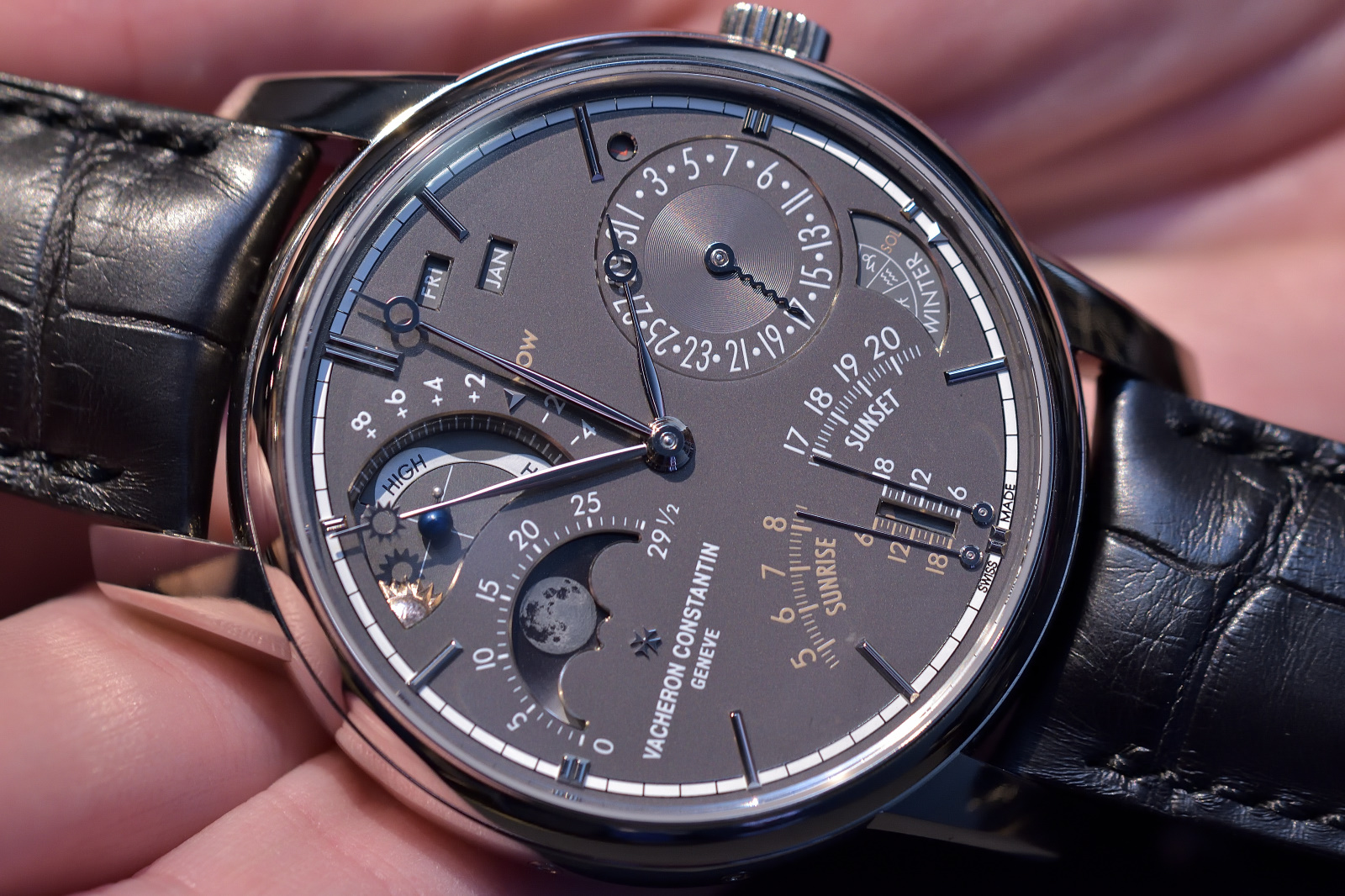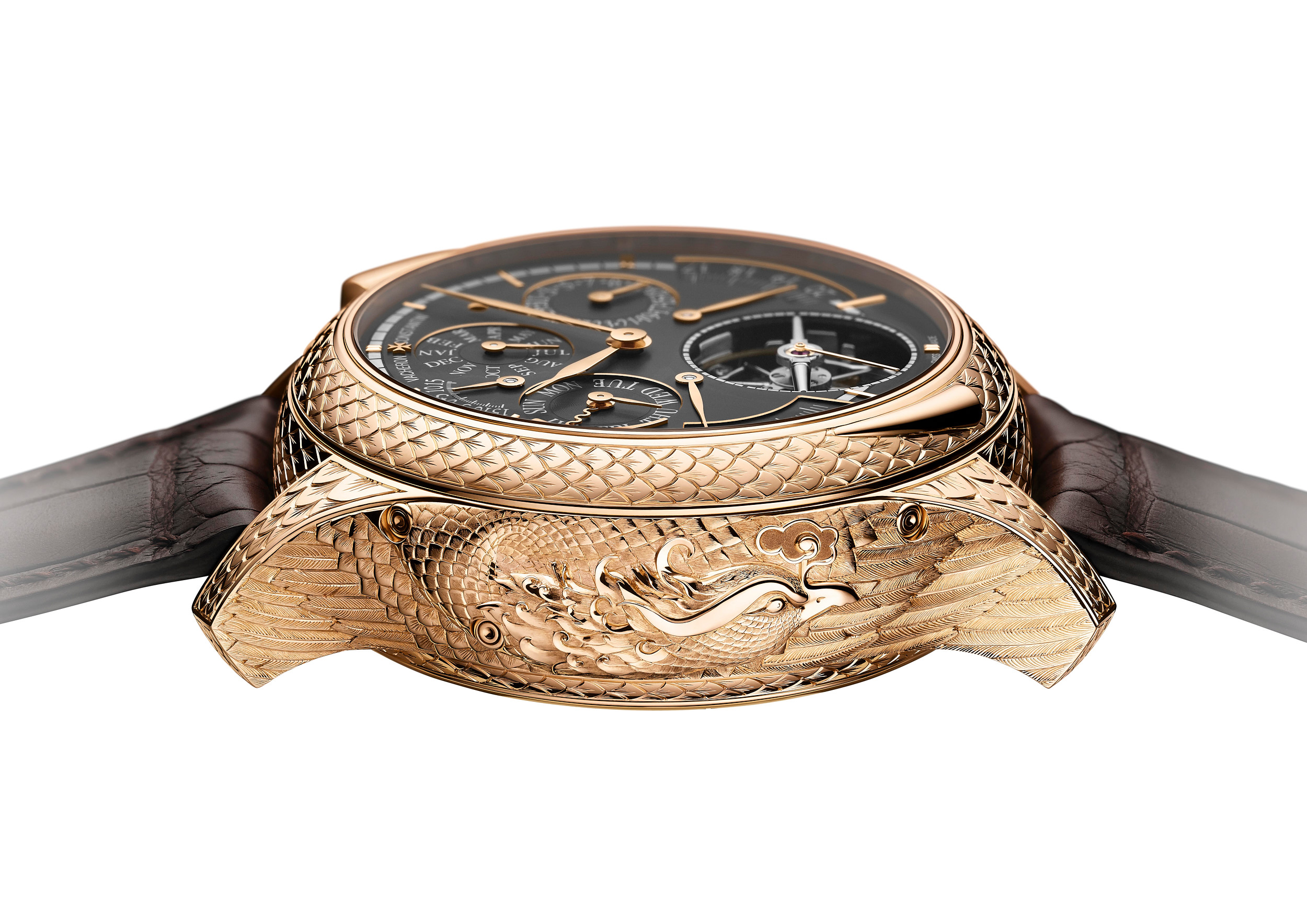At the Maison’s 270‑year anniversary, Vacheron Constantin unveiled a new ‘La Quête’ series of Les Cabinotiers watches that turn the heavens into haute‑horlogerie. From the ‘Myth of the Pleidas’ armillary‑tourbillon to the dual‑sided Celestia pieces honoring Ptolemy and Copernicus, each masterpiece fuses astronomical heritage with cutting‑edge mechanics and unrivaled artistic craft.
Since its founding in 1755, Vacheron Constantin has been inseparable from the study of the heavens. The brand’s earliest astronomical complications appeared on a pocket watch in 1785, and with time the tradition has only intensified. Only from the last decade, the Reference 57260 (2015), the Berkley (2024) and the Solaria (2025) have taken us further in space.
As Christian Selmoni, Director of Heritage & Style explains, “the sciences of astronomy and astrophysics … have always excited the imagination of watchmakers. This translates into expertise in astronomical complications at Vacheron Constantin and demonstrates, if proof were needed, that we can always ‘do better if possible, which is always possible,’ according to the Maison’s motto.”
The new La Quête collection is the latest chapter in that celestial narrative.
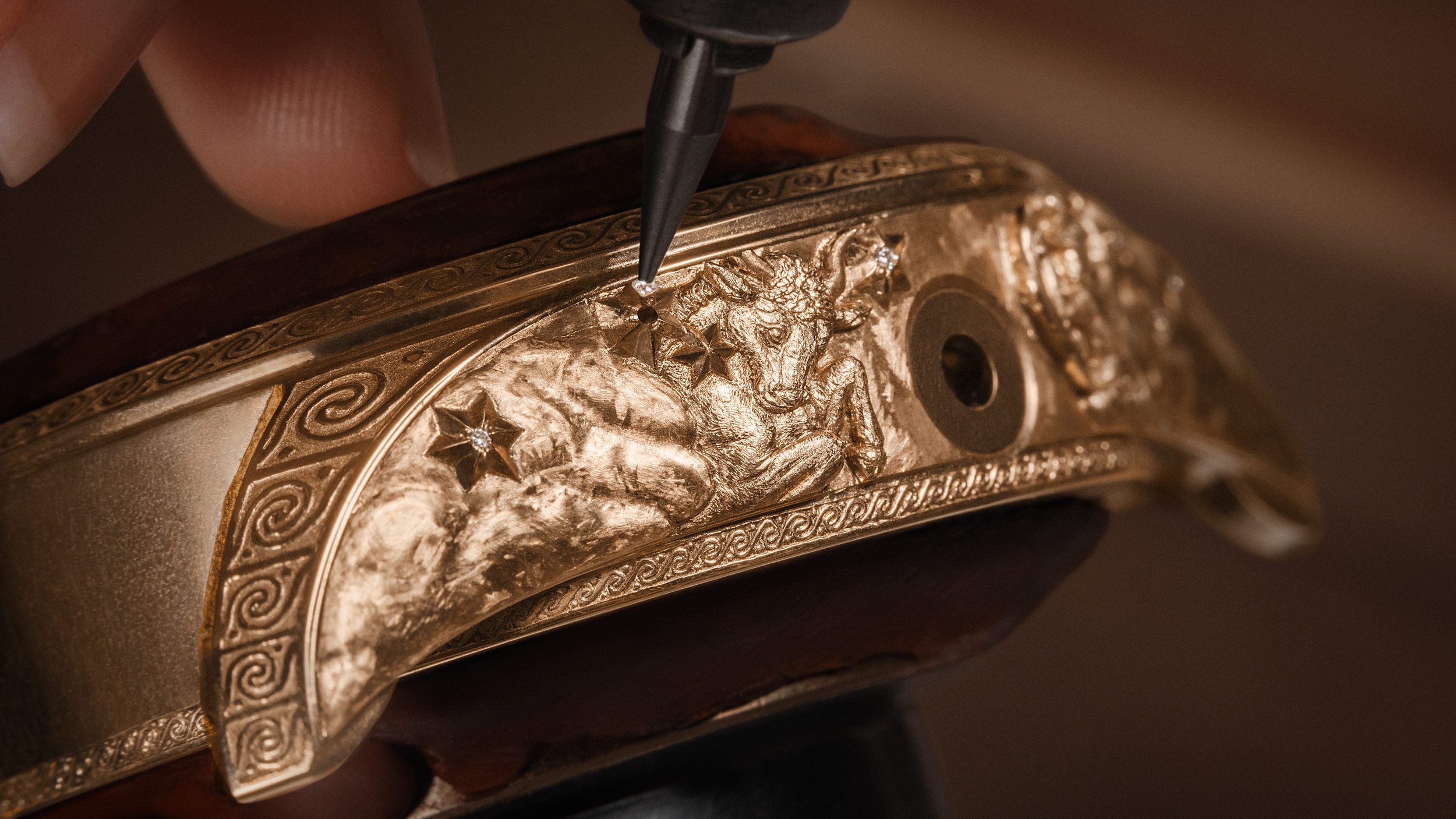
‘La Quête’ (French for the quest) gathers a handful of one‑off Les Cabinotiers creations, each a tribute to humanity’s timeless fascination with the sky. The series marks the 270th anniversary by pairing the Maison’s historic mastery of grand complications with a fresh artistic vision centred on astronomy, myth and exploration. Every piece bears the Les Cabinotiers and ‘AC’ coat‑of‑arms engravings on the case‑back, underscoring its status as a unique, museum‑quality artefact.
From geocentrism to heliocentrism
The story of humanity’s cosmic understanding begins with Ptolemy’s geocentric model, which placed Earth at the centre of a series of epicycles. Already in the 3rd century BC, Aristarchus of Samos proposed a Sun‑centered system, but his ideas lay dormant until Nicolaus Copernicus revived heliocentrism in the 16th century. Galileo Galilei’s telescopic observations (1623) and Johannes Kepler’s laws of planetary motion (early 17th century) finally cemented the Sun‑centric view.
Vacheron Constantin’s Celestia watches honour both Ptolemy and Copernicus, reminding us that the path from Earth‑centered myth to Sun‑centered science has been a centuries‑long quest. It is mirrored by the brand’s own pursuit of horological perfection.
Astronomical watches have always aimed to calculate the cycles of life from the deterministic and recursive motions of planets. The reference points of scientific observations and civil standardization efforts resulted in various temporal frameworks.
True solar time (apparent solar time) follows the actual position of the Sun in the sky, varying by up to ±16 minutes throughout the year. Sidereal time measures the Earth’s rotation relative to the fixed stars rather than the Sun, completing a full cycle of a “sidereal day” in 23 h 56 m 4 s. Mean solar time (civil time) is the uniform 24‑hour day we use for everyday life, averaged over the year to smooth out the Earth’s orbital eccentricity.
The orchestra of these three temporal frameworks is the foundation of Vacheron Constantin’s most sophisticated astronomical watches, including those in the ‘La Quête’ series.
Les Cabinotiers Armillary Tourbillon – Myth of the Pleiades
The Armillary Tourbillon—Myth of the Pleiades is a single‑piece in 18K rose‑gold. It celebrates the Seven Sisters of Greek mythology, which were transformed into stars in the constellation of Taurus and served as a vital navigation point for sailors for centuries. Inspired by the ancient armillary spheres, the watch houses the bi‑axial tourbillon Calibre 1990, featuring a bi‑retrograde hour‑and‑minute display that snaps back to zero at noon and midnight. The tourbillon’s rotation on two axes forms a Maltese‑cross pattern every 15 seconds, while a spherical balance spring (originally devised by Jacques‑Frédéric Houriet in 1814) delivers exceptional isochronism.
Aesthetically, the case is a canvas of 450 hours of hand engraving: Orion battles the Pleiades on one side, while the Argos ship, guided by the bull Taurus, sails across a cloud‑filled sky on the other. Ten brilliant‑cut diamonds trace the Pleiades constellation, and the champlevé wave‑pattern on the bezel echoes Hellenic motifs.
Les Cabinotiers Grande Complication High Jewellery – Moon Dust
Moon Dust is a double‑sided, single‑piece edition that imagines a voyage from Earth to the Moon. Powered by the 16‑complication Calibre 2755 GC16, the movement blends a tourbillon regulator, a minute repeater, a perpetual calendar and an array of astronomical displays, including equation of time, sunrise/sunset, and a sidereal‑time chart. Derived from the 2005 Tour de l’Île, the calibre delivers a 58‑hour power reserve while maintaining a 12‑mm thickness.
Visually, the watch is a high‑jewellery tableau: 184 baguette‑cut and 165 brilliant‑cut diamonds (≈9 ct total) are snow‑set across the case, lugs and clasp, evoking lunar dust. The front dial, hand‑guilloché in blue PVD, portrays a stylised solar system; the reverse shows a celestial map of the Northern Hemisphere, rendered in taille‑douce engraving (in which the motif is recessed into the metal) and set with additional diamonds that outline constellations.

Cosmica Duo – Grand Complication
Cosmica Duo is a reversible, double‑sided marvel housing the newly created Calibre 2756‑B1 (1 003 components, 112 jewels). With 24 complications, the watch is a living encyclopedia of astronomical timekeeping. One dial presents true solar time, equation of time, sunrise/sunset and a sidereal sky chart; the opposite side reveals a skeletal view of the movement, a minute repeater, and a tourbillon‑regulated power‑reserve indicator.
Technically, the calibre features a bi‑axial tourbillon, a perpetual calendar, a minute repeater with a patented striking regulator, and a dual‑time zone system with a 24‑city indicator. The reversible case, engineered with articulated lugs and tool‑free strap removal, allows the wearer to flip between ‘civil’ and ‘astronomical’ worlds instantly. Aesthetic highlights include a deep‑blue opaline dial on the astronomical side, a sapphire‑crystal dome protecting the tourbillon, and a contrasting ultramarine‑blue dial on the civil side, both finished with hand‑chased Côtes de Genève and a subtle, wave‑shaped champlevé bezel.
Celestia Astronomical Grand Complication – Homage to Ptolemy & Copernicus
The Celestia pair commemorates the two great cosmological paradigms. Both watches are single‑piece, double‑sided editions powered by the ultra‑thin Calibre 3600 (514 components, 64 jewels) and offering 23 astronomical complications in an 8.7 mm‑thick case.
The Ptolemy version has a hand‑engraved 18K white‑gold case, which depicts a geocentric universe, with Earth at the centre and planetary orbits rendered as concentric ellipses. The dial displays civil time, a perpetual calendar, a precision moon phase, sunrise/sunset, a tide gauge, and a sidereal chart that rotates four minutes faster than civil time.
The Copernicus version’s hand‑engraved 18K pink‑gold case celebrates heliocentrism, portraying the Sun radiating rays that illuminate the planetary orbits. Functionally identical to its counterpart, the sun‑burst champlevé on the crown adds a subtle visual cue to reinforce the Sun‑centric narrative.
Both pieces feature 240 hours of engraving labour, champlevé techniques that carve planetary paths into the case, lugs and bezel, and a double‑sided sapphire crystal that reveals the movement on one side while the celestial map dominates the other.
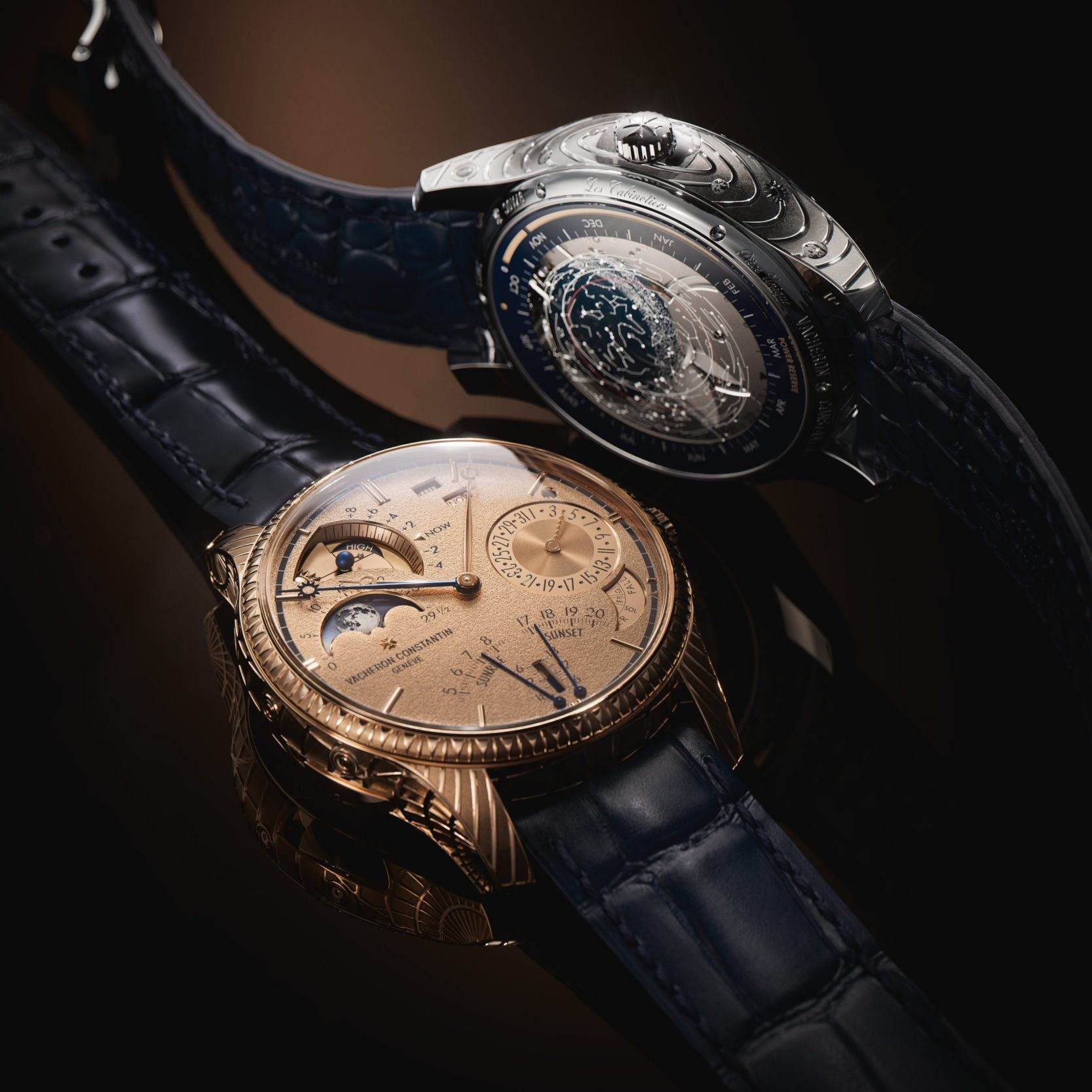
Each single-piece watch in the La Quête collection embodies Vacheron Constantin’s 270‑year devotion to astronomical complications and artistic excellence. Whether gazing at the Pleiades on the armilary tourbillon, tracing lunar dust on the Moon Dust, flipping between civil and celestial realms on the Cosmica Duo, or contemplating the opposing worldviews of Ptolemy and Copernicus on the Celestia, the wearer holds a piece of horological history.
Source: press release. Photo credits: Vacheron Constantin.
All registered trademarks are property of their respective owners.
All rights reserved.

